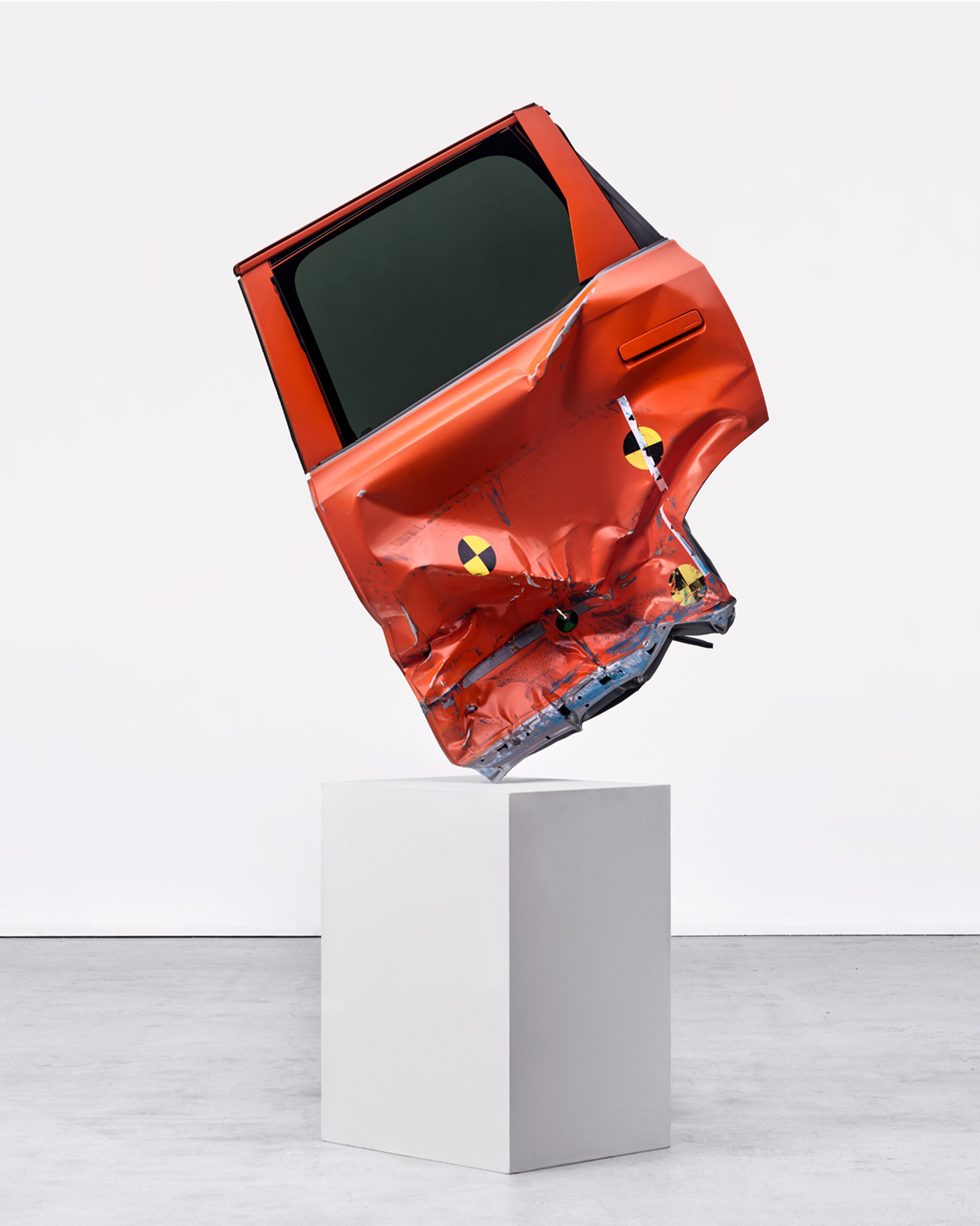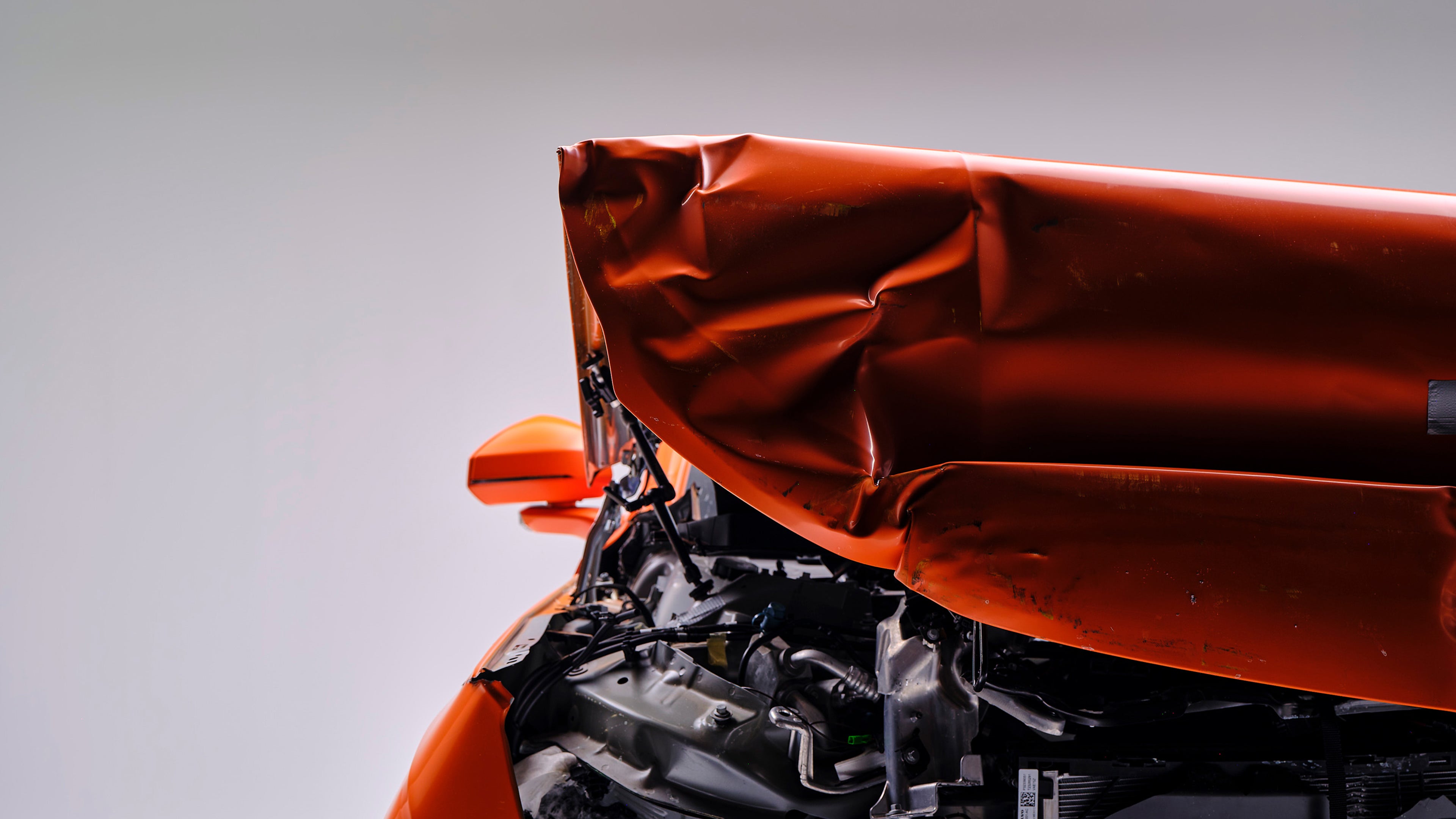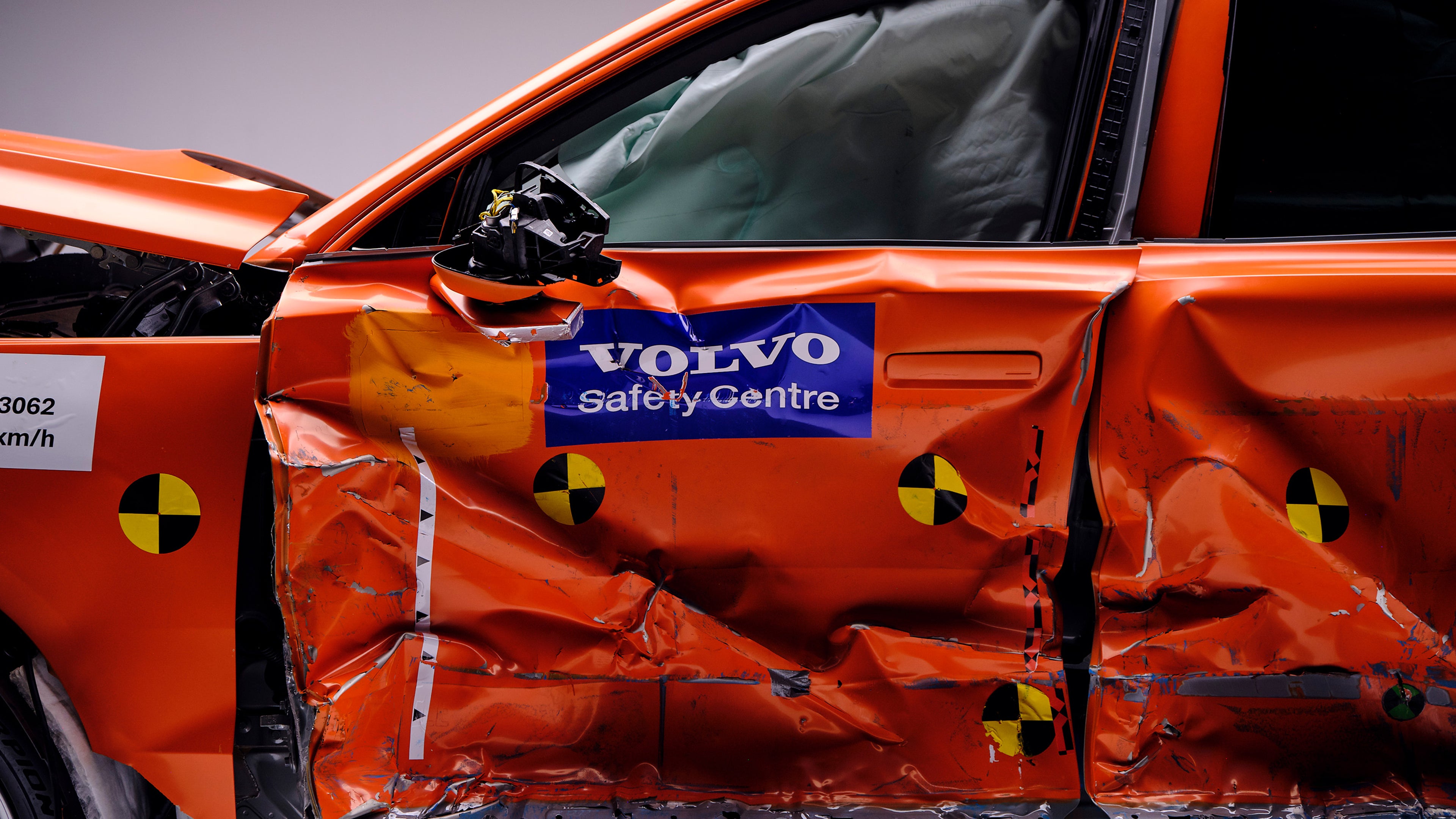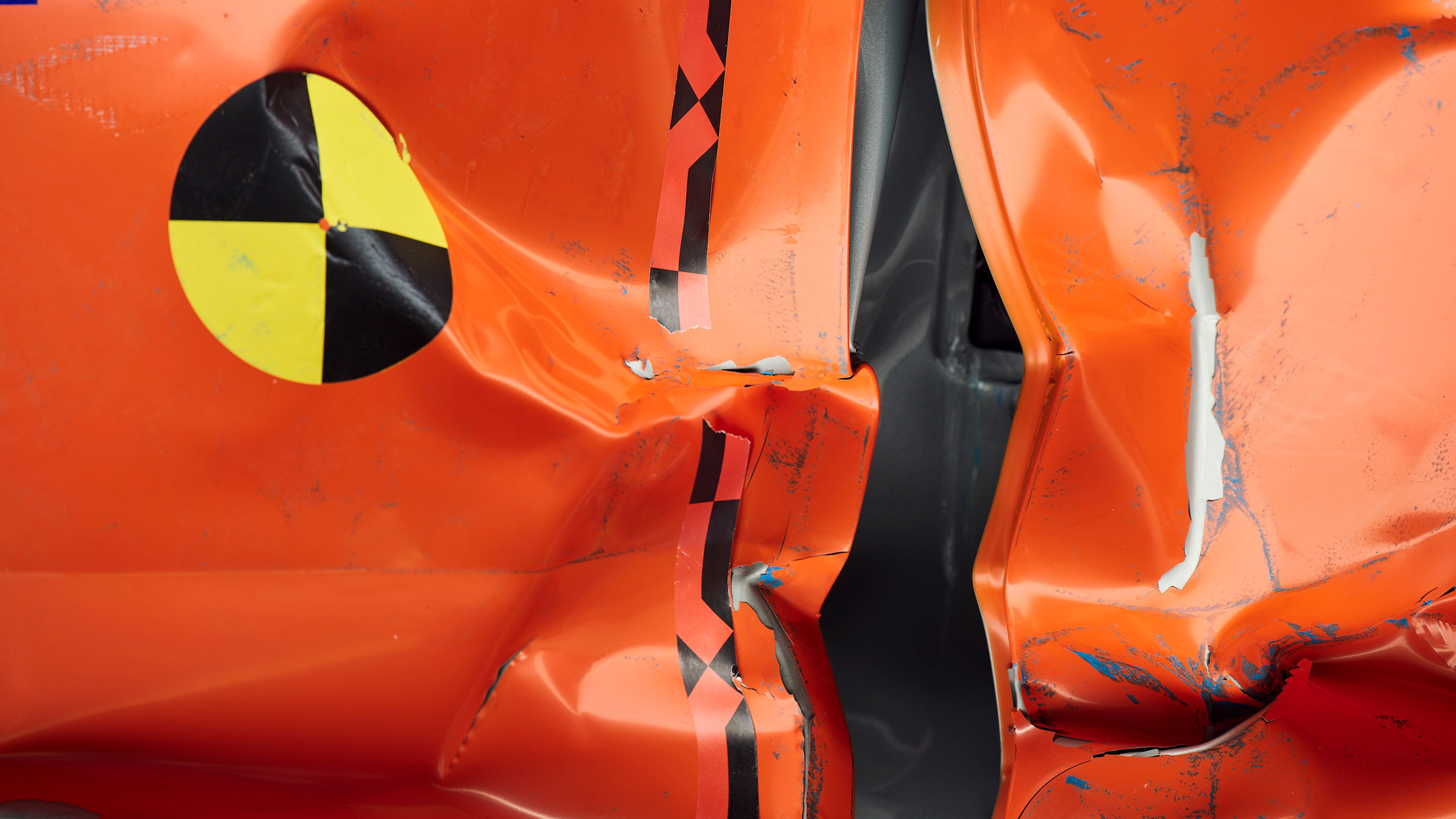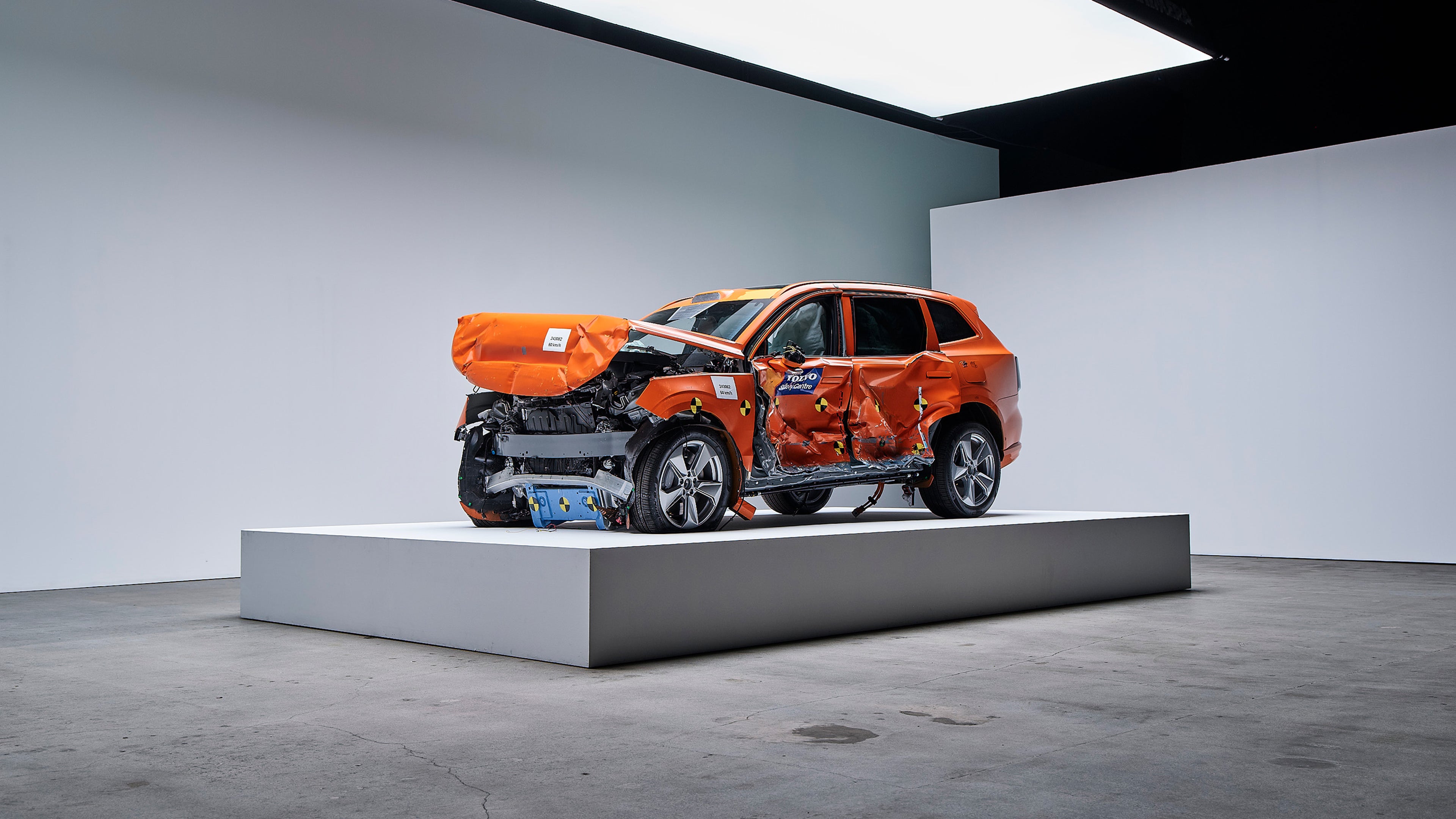Our process
Engineered for you. Tested for real life.
Crash tests are only as valuable as the real-world data behind them. That’s why we use data gathered from actual accidents to guide our safety approach.
We've developed Human Body Models that represent different sizes, shapes and genders to help ensure safety for everyone. By using these models in our testing methods, we leverage our research to develop our latest safety innovations. With this, our world-class safety is becoming more efficient and accessible. Resulting in improved safety features for every generation of Volvo cars – not just new ones.
